
Igrew up watching old black and white movies with my mom. We’d go through the TV Guideat the beginning of each week and highlight all of the ones we wanted to watch so we wouldn’t miss anything good.
When I was in college I started doing research on some of my favorites and had the idea that I would someday write a behind-the-scenes book about them and my favorite film stars. I compiled files full of trivia and information I tracked down when I should have been doing my Algebra homework.
Okay, so I never wrote that book, but if you consider I have written a Movie Monday post every week like clockwork for the past 2 1/2 years, it kind of adds up to one, doesn’t it? To be honest, I don’t think I can keep it up.
The movie posts are hugely time consuming. So, starting in July, I’m going to give myself a break. I’ll still be covering TV and Movie sets, of course, but not every single week. I do have one for you today, though, and it’s a classic!
The 1942 movie Mrs. Miniver tells the story of a middle-class British family whose lives are disrupted by the start of World War II. It won 6 Oscars, including Best Picture, and was nominated for 6 more.
When the movie was filmed, Americans were still feeling neutral about the war in Europe. For the most part, the U.S. didn’t want to get involved. But then Mrs. Miniver came along and grabbed the country’s attention.
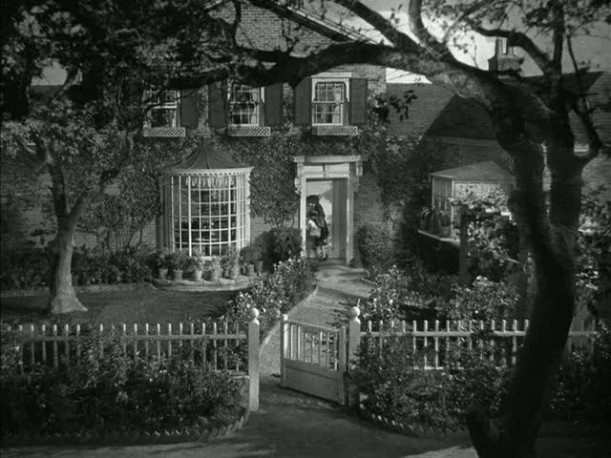
It was hard for moviegoers to remain neutral after they saw Mrs. Miniver’s beautiful house with the white-picket fence fall victim to the Nazi air raids. Winston Churchill himself said the movie’s propaganda value was worth more than a dozen battleships.

The movie was based on the fictional English housewife created by Jan Strutherfor a series of newspaper columns in the 1930s.
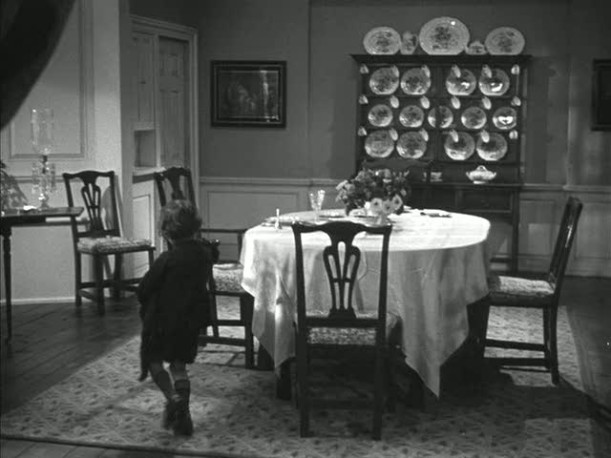
The handsome Walter Pidgeon played Mr. Miniver, one of the hundreds of boat owners summoned to Dunkirk to help evacuate British soldiers. The actor was not British, though–he was born in Canada and became a U.S. citizen after moving to Hollywood in the 1920s to star in silent films.
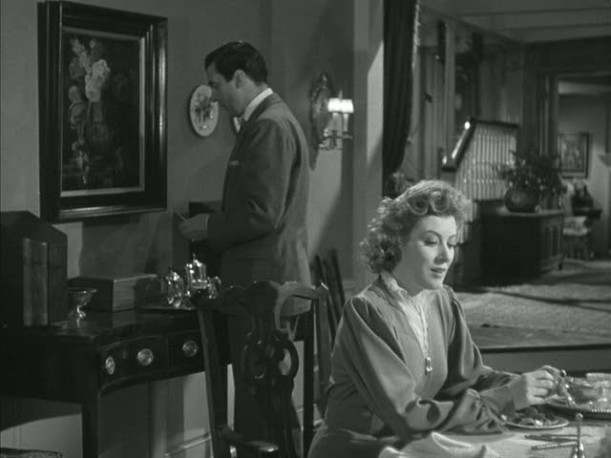

The family deals with the daily aerial bombardment of German planes during the Battle of Britain in 1940. Parts of the house became inhabitable, including the dining room:




Greer Garson was discovered by Louis B. Mayer in 1937 when he saw her performing on a London stage. He signed her to an MGM contract the next day.

Her first part was in Goodbye, Mr. Chips (1939), which earned her an Oscar nom.Her next movie was one of my favorites–the 1940 version of Pride and Prejudice with Laurence Olivier as Mr. Darcy. They were miscast as Elizabeth and Darcy (they were both in their 30s at the time), but I always enjoy watching it anyway.

A Nazi paratrooper is no match for Mrs. Miniver, who faces him alone in her kitchen:

The minister’s speech at the end of the film moved President Roosevelt so muchthat he ordered it printed onto leaflets and dropped them over occupied Europe.

The Miniver master bedroom has a fireplace and a separate dressing area:

Greer Garson won an Oscar for this role and holds the record for giving the longest acceptance speech in history. Legend has it that she rambled for an hour, but it was really only 5 1/2 minutes.
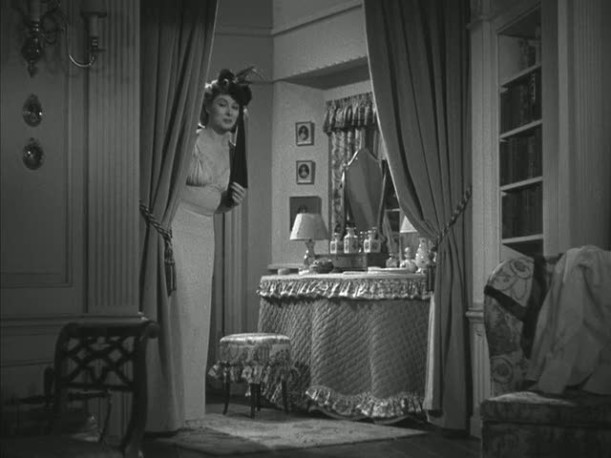
Mrs. Miniver shows the newlyweds to their room, which is still pretty despite the damage to the ceiling:
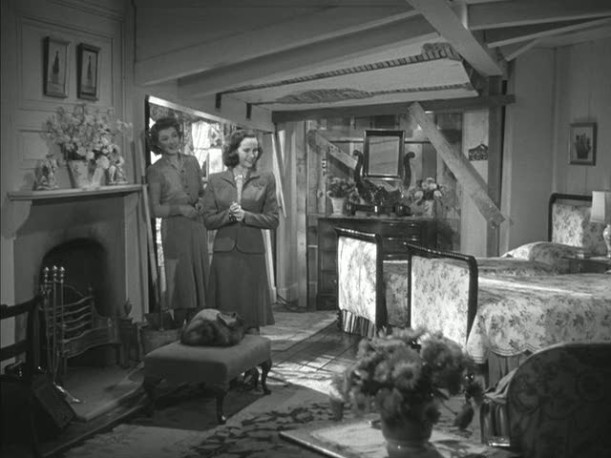
A sequel called The Miniver Story followed in 1951, and it, unlike the original, was actually filmed in England. It was not, however, as successful. In it, Mrs. Miniver finds out she is dying of cancer, but keeps the grim news to herself.
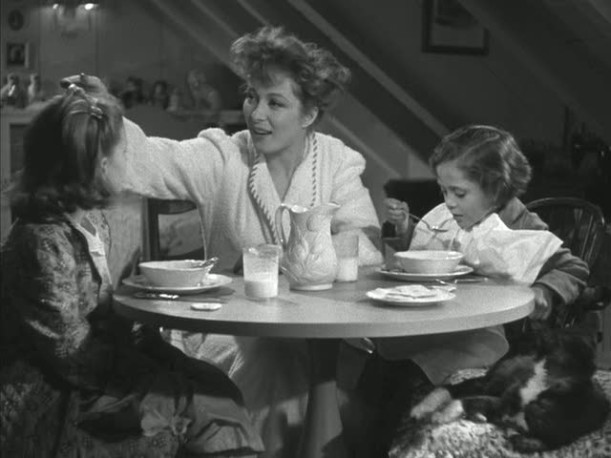
Greer Garson was only 11 years older than Richard Ney, who played her oldest son. They fell in love while filming the movie and married in 1943. Four years later, their nasty divorce put an end to Ney’s Hollywood career because Garson was so universally loved.
Ney, who died in 2004, was actress Minka Kelly’s grandfather. You might know Minka from her roles on “Friday Night Lights” (loved her as Lyla Garrity!) and “Parenthood,” among others.

I’ve heard from readers over the years that Mrs. Miniver’s house is one of their all-time favorites. Is it one of yours?
Click Here to See More Houses from Classic Films, from Christmas in Connecticut to Gone With the Wind.
No comments:
Post a Comment